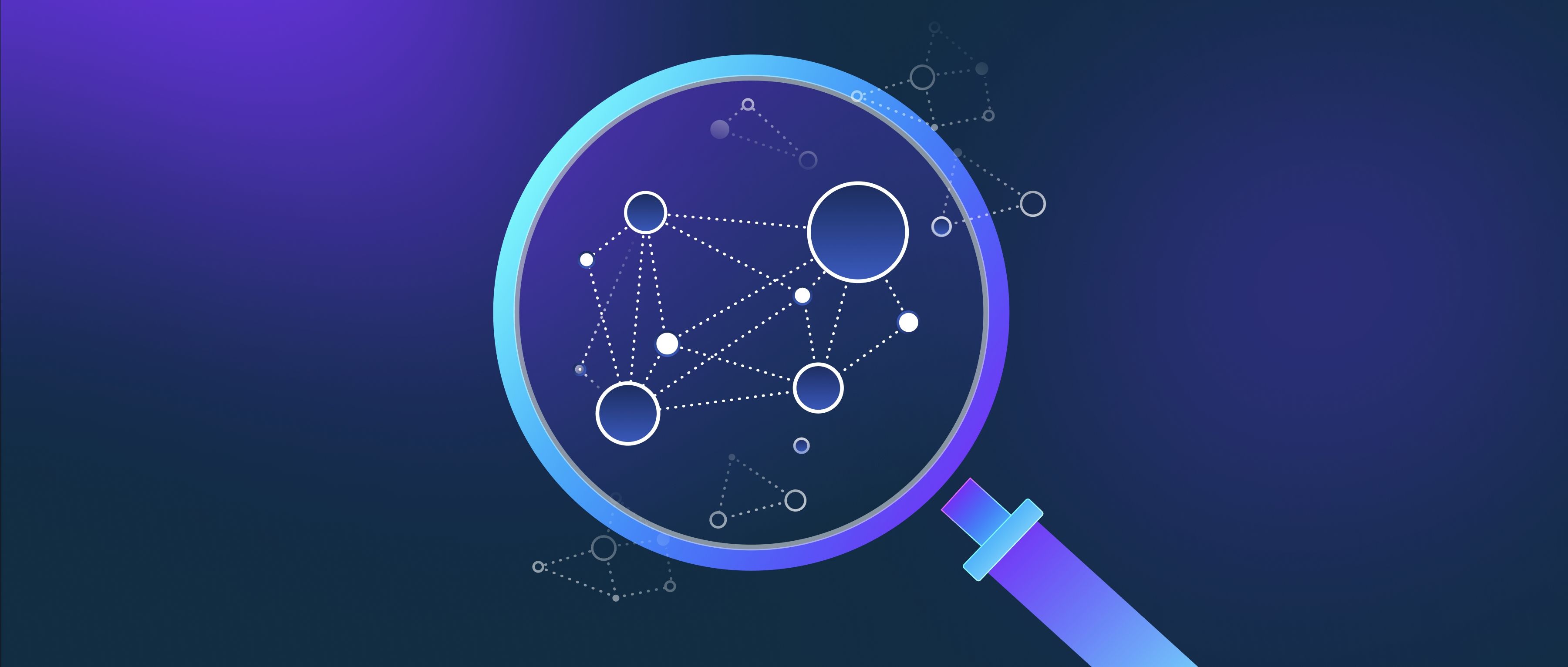Using big datasets offers several significant benefits over small datasets, especially in the context of data analysis and machine learning. One of the primary advantages is the ability to capture more diverse information. Large datasets typically encompass a wider variety of scenarios, which helps models learn complex patterns that smaller datasets might miss. For instance, in a machine learning project focused on image recognition, a large dataset containing thousands of images of various objects can help the model generalize better. Conversely, a smaller dataset may only feature a limited set of conditions, leading to a system that performs well only under those specific situations.
Another benefit of big datasets is improved statistical power. With more data points, the confidence in the results increases. For example, when conducting A/B testing for a new feature in an application, a larger dataset helps ensure that the observed differences are statistically significant and not due to random chance. This level of precision is crucial when making decisions based on data, such as whether to implement a change across a platform. In contrast, results from small datasets may fluctuate considerably, leading to potentially misguided conclusions.
Finally, larger datasets can enhance model robustness. When training algorithms, having access to a wealth of data points allows for the identification and correction of outliers or errors in the data more effectively. This is particularly important in domains such as finance or healthcare, where inaccurate predictions can have serious consequences. For example, in predicting patient outcomes, a model trained on a broader dataset can account for rare conditions or demographic variations, leading to better overall performance. In summary, while small datasets can be useful for initial testing or specific applications, big datasets provide a solid foundation for more reliable, comprehensive, and accurate insights.
